What to do if the leaves of a violet are curled?
Violets are delicate beauties that have been decorating our homes for a very long time. These fragile plants are quite demanding in terms of care and watering conditions. Sometimes the owner begins to notice that the leaves of the violet are curling, while the plant stops blooming and its growth slows down. What does this state of leaves say, how to deal with it?
Content:
- Reasons for twisting leaf blades
- Recovering violets after over-watering
- Fight against cyclamen tick
- The correct selection of soil for violets
Reasons for twisting leaf blades
If curling of leaves is observed, this indicates a disruption in the life of the plant, which can be caused by several reasons:
- Excessive watering. Novice owners often confuse the lack and excess of moisture in the soil: if the plant looks sluggish, you can not flood it with water. This will only lead to more serious metabolic disorders. At the same time, turgor worsens, in addition, small roots begin to rot.
- The second common cause is the cyclamen mite. This pest affects the lower parts of the leaf, it is impossible to see it with the naked eye. The leaf appears to be covered with dust, the edges curl, the plant may die.
- Excessive amount of fertilizer in the soil. If the wrong soil is selected for planting, and it contains an excessive amount of nitrogen, the plant can be seriously damaged.
What if the leaves began to curl? The response will depend on the cause of the damage to the plant. Let's take a closer look at how to proceed in each of the cases.
Recovering violets after over-watering
If, after watering, a lot of water accumulates in the pan, and the plant begins to wilt, urgent measures must be taken to save the root system.
If the leaves have already begun to curl, you must immediately transplant a violet into another soil, while you need to inspect the roots and remove all rotten parts of the root system. If negative symptoms have appeared only recently, you can simply loosen the soil well so that excess moisture evaporates as quickly as possible. The pot must have a drainage layer so that moisture does not stagnate.
It is important to initially follow the basic rules for watering violets:
- You need to water the plants only after the top layer of the soil has dried. It will brighten, in addition, you can simply check the condition of the earth with your finger. Large pots are watered less frequently than small ones, but violets do not like excessive space, so shallow containers are most often chosen for them.
- Only an experienced florist can water a violet from a pallet. For beginners, it is recommended to water the plant from above, but so that moisture does not get on the leaves.
- Avoid collecting a lot of water in the pan. If this happens, watering should be significantly reduced.
- If the plant receives only the amount of water it needs, the root system will remain healthy and there will be no problem with leaf health.
Fight against cyclamen tick
The tick affects the entire plant: growth stops, the stems are wrapped and the leaves curl.
It is difficult to save the violet, success can be achieved only at the very beginning, when not the whole plant has been captured by the pest.At the same time, it is important to isolate it from neighbors on the windowsill, since the pest will very quickly move to other plants.
The affected parts are removed, after which the entire plant must be treated with insecticides. There are several drugs that can be used: with a strong infection, Neoron is used, and with a starting one - Agravertin.
Plant processing often has to be carried out not once, but several times.
It is important to prevent the appearance of cyclamen ticks on violets:
- The pest starts in too humid rooms, for violets more useful dry air.
- The room should not be hot, the plant should not be in the open sun.
- If signs of pest activity appear on one of the plants, it must be immediately isolated and special treatment carried out.
The correct selection of soil for violets
For violets, it is better to purchase specialized soil, in which the ratio of minerals will be optimal, if, due to their excess, the leaves began to curl, it is necessary to transplant the plant, while the purchased soil is diluted by half with ordinary soil. As a result, the violet will receive normal growth conditions.
Similar symptoms can be observed if the plant, on the contrary, has not been fertilized for a long time:
- To help the violet, it is necessary to add to the soil complex mineral fertilizers.
- It is important to choose the correct size pot, as violets prefer low containers.
- They shouldn't be too spacious.
Although violets are quite capricious plants, it is usually not difficult to deal with the most common causes of disease.
Timely help will allow you to preserve the leaves, and very soon the violet will delight the owner with new magnificent flowers.
More information can be found in the video.



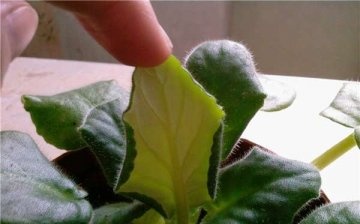
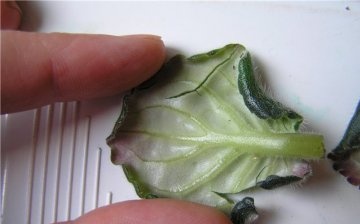

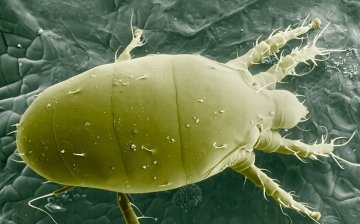
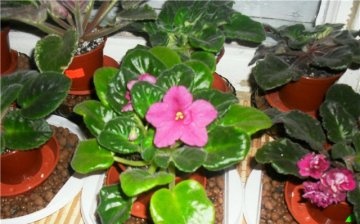





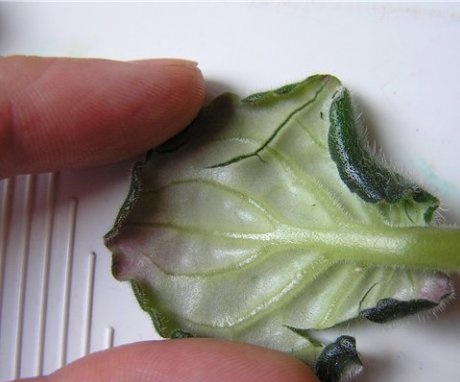
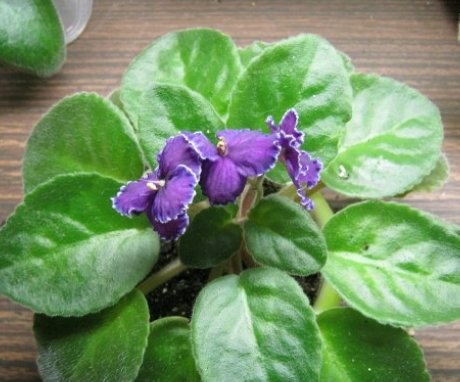
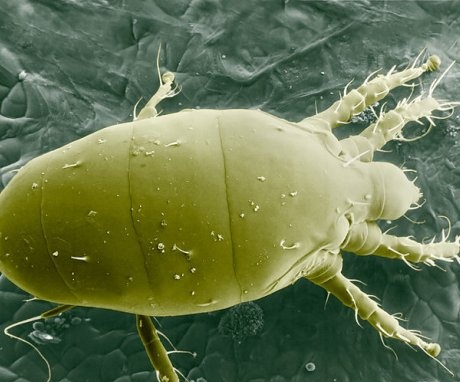
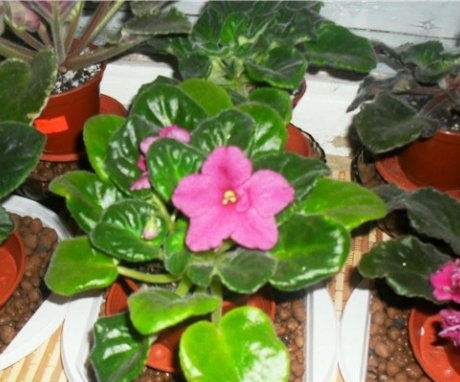
I had this with violet plants, at one time I bred them The reason was in excessive watering. By reducing the amount of water and watering days, the plant bounced back.
Most often, leaves are tucked up due to ticks. Another sign of the presence of a pest is a thickening of the rosette and an increased number of hairs on young leaves. You need to poison.
Sometimes such a phenomenon as curling of leaves in a violet happens from overflow. The root system begins to rot. It is better not to refill the violet than to pour it over. Even if you haven't watered it for a long time, first you need to water it slightly, after a couple of hours water it again.